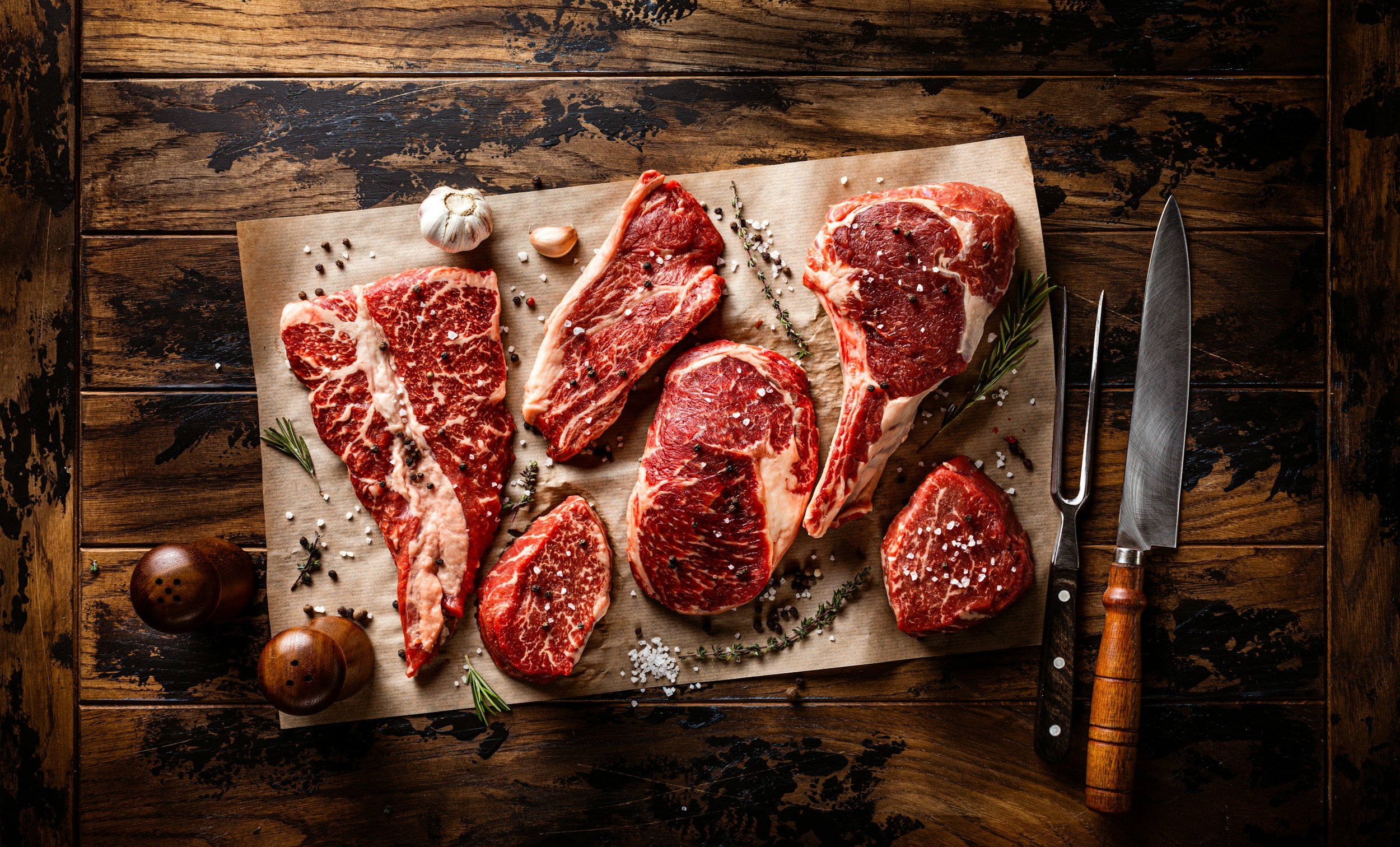BEEF RAISED ON PASTURE WHERE THEY BELONG
At Purple Mockingbird Farm we believe animals should be raised on pastures within the ecosystem, working with nature, not against it.
Contact Us
Interested in sourcing healthy beef or other farm products? Fill out some info and we will be in touch shortly. We can’t wait to hear from you!




